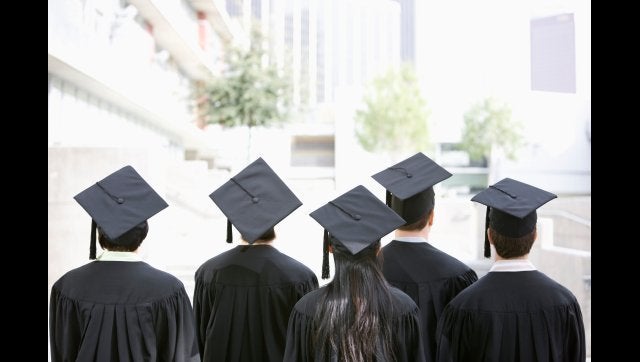
To be a young person today, someone say between the ages of 18 and 29, is to experience a sense of gnawing trepidation if not outright terror. The job market has slumped precipitously. According to the Gallup organization, unemployment and underemployment among 18 to 29 year-olds runs about 33 percent. If you are from a privileged background, you can escape the worst effects of this collapse in opportunity. You, after all, have access to private prep schools and the means to foot the substantial bill that goes with elite education in America.
But for those outside the one percent, there is daunting reason to fear. For the American post-World War II social compact seems to be unraveling. That promise consisted of the following terms: The American public would generously provide low-cost access to state universities and finance access to private universities through a combination of grants and loans. In return, the public would receive a talented and trained work force equipped to raise living standards even higher for the next generation.
In the last decade, however, we have witnessed a parabolic rise in tuition for state universities. In state-after-state, tuition has nearly tripled between 2000 and 2012. Take, for example, the University of California system, which in the middle 1960s prided itself in charging no tuition at all. It has raised full-time undergraduate tuition from around $4,000 to nearly $13,000 for the forthcoming academic year, excluding cost-of-living expenses. The cost of attending private universities has, if anything, climbed even more steeply.
Try protesting this situation peacefully, as students did at U.C. Davis in November, 2011, and you will find yourself pepper-sprayed by thuggish men in uniform. At the same time, these students, whose parents, according to reports on household wealth, have seen their net worth decline by forty percent in five years, are increasingly forced to borrow the full cost of their ever-more-expensive education.
The plight of students attending America's for-profit educational establishments is far more dire. Students in these programs, many of which grant degrees of dubious utility, tend to borrow at a higher rate than those enrolling in traditional undergraduate institutions while having even poorer job prospects.
Not even the nation's professional schools are immune. Law schools, in particular, are facing a crisis -- most students must now borrow six-figure's worth of debt to enter a workforce that has been described as "bi-modal." A few new lawyers will enter extravagant high-end jobs but most will find themselves in a Hobbesian universe where life may not be short, but it assuredly will be nasty, brutish, and low-paying.
Taken as an aggregate, student loan indebtedness is now in excess of one trillion dollars, surpassing even credit cards.
The Bible can help us resolve this worsening crisis. The first two verses of Deuteronomy, chapter fifteen, teach: "At the end of every seven years, you shall grant a release. And this is the manner of the release: every creditor shall release what he has lent his neighbor, his brother, because the Lord's release has been declared."
Verse four explains the motive behind this command of the Lord: "But there shall be no poor among you." At the time of Deuteronomy's composition, Israel was in a transition. The Jewish people were no longer wandering nomads in the desert, but a nation settling into a life of agriculture and trade. With the introduction of money and commerce, there came the possibility of onerous long-term indebtedness that could ruin households and even lead to their enslavement. The Lord foresaw these dangers and commanded debt forgiveness as the means of relieving class difference and restoring opportunity and access to all.
Student-loan debt, which was once a means of narrowing the distance between the classes, now cements class boundaries into place. The new panacea -- income-based repayment plans -- only institutionalize indebted servitude.
Student loans are called a bubble, but this is not really accurate. They will not pop like mortgages, because unlike mortgages, they are non-dischargeable in bankruptcy. Indeed, they are best described as anchors, dragging into the depths those who are forced to rely upon them to cultivate their minds and prepare themselves for a brighter future.
As I envision it, student-loan forgiveness would work much as the general amnesty that followed the Vietnam War -- it should be sweeping and total. The Federal Reserve has the power to purchase federally-backed assets, and did so aggressively at the height of the crisis of 2008/2009, when it granted relief to the banks that caused so much mischief. Failing this sort of response, Congress might enact the Student Loan Forgiveness Act, endorsed so eloquently by Maria Mayo in these pages on June 6.
This argument should appeal even to those whose only obeisance is to the economic gods of efficiency and consumption. Young people, freed from the shackles of long-term debt, will begin to buy homes again. They will start families, and plan for their futures. The wheels of commerce, now slowing to a halt, could be re-energized. The deflationary vortex, whose cyclonic force is drawing closer, could be escaped. Here the arguments of religion, morality, and economic well-being coincide to the betterment of us all.
